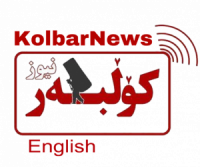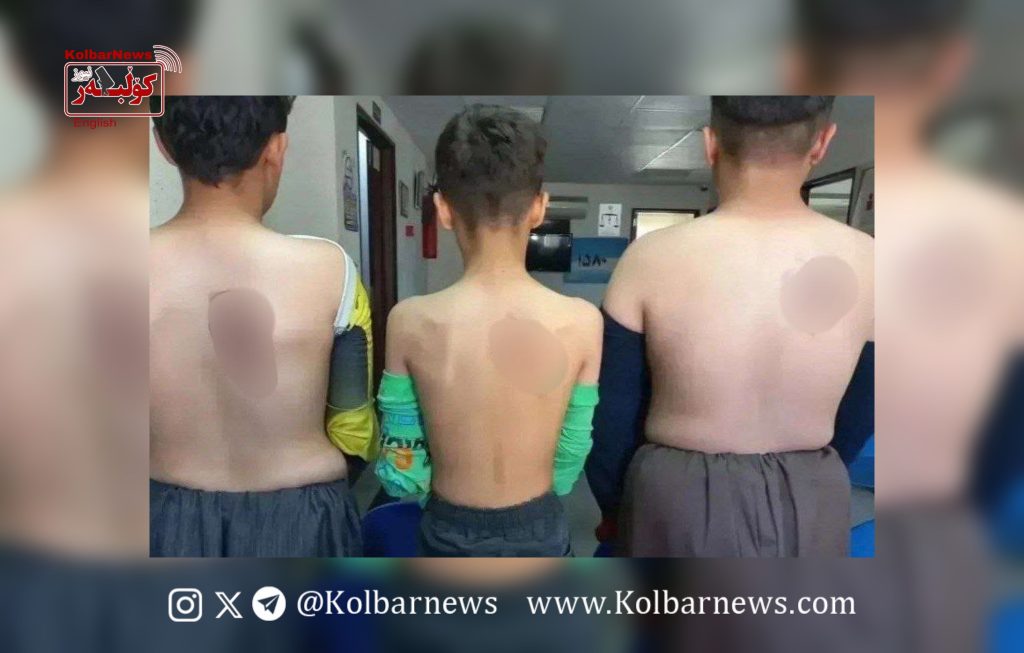
The months of Mordad (July-August) and Shahrivar (August-September) are reminders of one of the horrific crimes committed during the rule of the Islamic Republic of Iran. Thirty-six years ago, in these months of 1988, the Islamic regime carried out an atrocity that highlighted the extreme brutality of its officials. Concerned about the growing protests among workers and the Iranian populace following the regime’s defeat in the Iran-Iraq war, Khomeini and his advisors planned the mass execution of political prisoners to intimidate a war-weary and economically struggling population. This massacre began on Friday, July 28, 1988, one day after Khomeini accepted the ceasefire in the Iran-Iraq war.
Khomeini formed a committee, later known as the “Death Committee,” consisting of Nayyeri, the religious judge; Eshraqi, the prosecutor; and Ebrahim Raisi, the current president and then-deputy prosecutor. Khomeini issued a religious decree (fatwa) authorizing the mass execution of political prisoners, which included the following text:
“… Mercy towards those who wage war on God is naïve. The decisive nature of Islam against the enemies of God is one of the indisputable principles of the Islamic system. I hope with your revolutionary rage and hatred towards the enemies of Islam, you will gain the satisfaction of God Almighty. Those responsible for the decision should not hesitate or doubt and should be as firm as possible in their judicial matters. Doubt in revolutionary Islamic judicial matters is to ignore the pure and holy blood of the martyrs.”
Following this decree, communication between Iran’s major prisons and the outside world was entirely severed. Over approximately two months, a massacre occurred, plunging Iranian society into years of mourning. The Ministries of Justice and Intelligence, along with the primary political prisons of Evin and Gohardasht, were tasked with executing this mass killing. During this brief period, the regime’s machinery of death executed thousands of prisoners from various political affiliations.
The executed prisoners from Evin and Gohardasht were buried in mass graves in Khavaran. However, this project was simultaneously implemented in other regions of Iran, including Kurdistan. Today, it is not just one Khavaran cemetery but several across Iran that should be remembered.
It wasn’t until December 1988, four months later, that the families of the victims were informed of the executions. This was when the Iranian public became aware of the crimes against humanity committed in the regime’s prisons. The criminal leaders of the Islamic Republic still prevent grieving mothers from visiting their loved ones’ graves.
A distinguishing feature of the 1988 massacre is that all the victims were either serving their sentences or had completed their terms under the regime’s own laws. Many were awaiting release.
Today, thanks to the efforts of political activists and survivors of death camps like Evin, Rajaei Shahr, Adelabad, Dizelabad, and Sanandaj, the extent of these crimes has become clearer. Each year, in Mordad and Shahrivar, numerous memorial ceremonies and campaigns to share memories, documents, and evidence of this horrific crime are held worldwide.
The people of Iran will neither forget nor forgive the direct and indirect perpetrators, executors, and endorsers of these crimes. The presence of these professional criminals at the helm of the government suggests that, if given the chance, they would continue the path Khomeini set with the massacres of the 1980s.
Today, the justice movement is growing within the “Women, Life, Freedom” revolution. The mothers of the victims are at the forefront of this movement. The first spark was ignited by the mothers of the 1988 massacre victims, known as “Khavaran Mothers,” who have continuously fought against the regime’s criminal leaders. Alongside “Khavaran Mothers,” groups like “Mothers of Laleh Park,” “Justice-Seeking Mothers,” “Mothers for Peace,” “Progressive Mothers’ Association,” and “Mothers of the Revolution” are fighting against the Islamic Republic and its oppressive organs, demanding justice.
Despite the regime’s extensive efforts to deny and erase the evidence of the 1980s atrocities, the extensive crimes in Kurdistan, large-scale governmental killings in Baluchistan, Khuzestan, Turkmen Sahra, cross-border assassinations, and widespread executions in prisons are well-documented and cannot be hidden or denied.
The day will come when the criminal leaders of the Islamic Republic will be tried in the people’s court, the secrets of their numerous crimes will be further unveiled, and they will receive their just punishment. The memory of the 1988 massacre victims and all those who died for human liberation will forever be honored and cherished.

